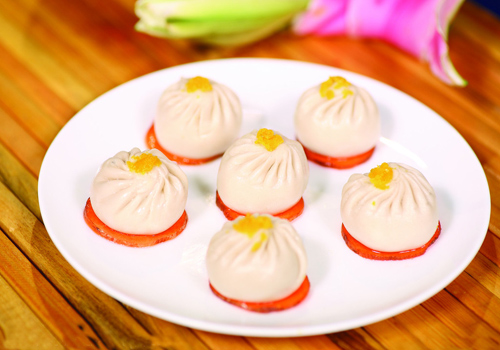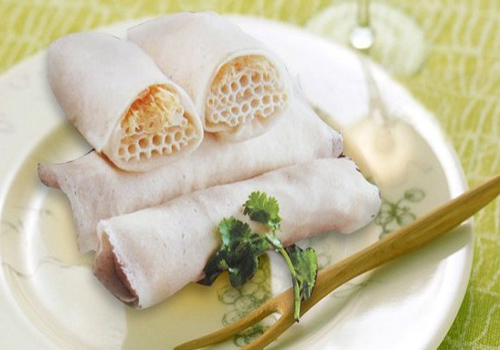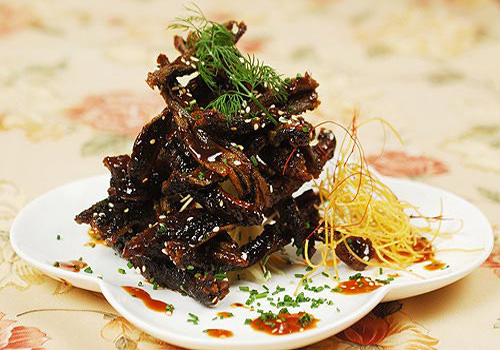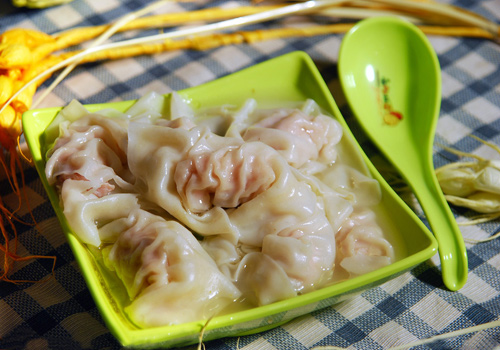A Bite of China – Sugar and Sweet Flavour
2012-09-14China Food
Whether in Chinese cuisines or in Chinese language, the Chinese character "味", or flavor in English, is magic and all-inclusive. In Chinese culture, the definition or perception of flavor not only derives from food, but transcends food. That is to say, the real way to understand flavor is more than our tongues and noses. With our hearts, we Chinese can know more about "味". Generally speaking, there are quite a few flavors in cuisines, including, sweetness, sourness, bitterness, hotness, spiciness, saltiness, and freshness.

Like any other countries around the world, Chinese people have created the Chinese character "甜", meaning sweetness in English, to express their happiness and delight. That is because it is this flavour that the tip of the toungue can first perceive. And to our common sense, sweetness often comes from a substance – sugar. For many locals in Chaoshan city in Guangdong province, sugar is symbolic of sweetness, but on the other hand, it represents everything. Sugar pancake is just one of the traditional and well-known desserts of the city. When Winter Solstice Festival is around the corner, many people are preparing more sugar pancakes for it. The Suzhou Street of Dahao ancient town, Chaozhou city will record this grand festival with its own unsophisticated colour and slow pace of life.

Not far from this smallest ancient town of China, a sweet and smoky scent is drifted to people by the breeze. It is Smoked Duck! They are hung around inside the bucket with burning charcoal fire beneath. This most traditional way of making ducks has a history of more than three hundred years and is still kept from generations to generations. Such condiments as brown sugar, five spice powder, vinegar and salt are added to meet the unique flavor of dwellers of Chaoshan. Since the said brown sugar, a kind of raw sugar, is extracted from sugarcanes without any food processing, it remains large quantities of nutrition of the cane juice. While in China, brown sugar is deemed as nutrition, most residents in Chaoshan prefer to make pickled and dried food with it. Orderly arranged around inside the bucket, the ducks have seasonings permeated every inch of its meat after forty minutes’ roasting. Beyond your expectation, the fuel for roasting is bagasse! As it contains a little bit sugar, it is conductive to making duck skins sweet, at the same time, darkening the food. As a matter of fact, it is not rather difficult to assemble such materials. At the foot of mountains, forests of sugarcanes are vigorously growing. Due to sufficient sunshine, moister air and fertile soil, south of the Five Ridges of China have become the major production areas of sugarcanes. The sugarcane tastes sweet, the reason for which lies in its glucose and fructose with the help of photosynthesis. During the mind-numbing cold, sugarcanes not only replenish our energy, but also sooth our souls in the sever winter.

Admittedly, sugar has provided the source of sweetness of dainties in many cities of China. In Wuxi city, Jiangsu province where people are living a well-off life and industry is flourishing, citizens persistently pursue the sweet flavor all the time in spite of not producing sugarcanes at all. Liangxi Crisp Finless Eel (梁溪脆鳝), Baozi with Pork and Crab Roe (加蟹开口小笼包), Hand-made Wonton (手推馄饨) are just a few cases in point. According to the local, the representative of Wuxi food must be Sauced Spare Ribs (酱排骨). Not only are ingredients and cooking methods of the dish exquisite, but also its sweet flavor. The sugar in the dish is from Guangdong province. Generally speaking, the weight accounts for one tenth of that of the spare ribs, which in the eyes of gourmets in any other cities is incredible. However, only by slow fire can the seasonings and the meat combine perfectly. It is salty flavor tastes sweet that lays the foundation of traditional Wuxi Cuisine. Affluent as it is, Wuxi city is by no means producing sugarcanes, but it does not keep them from their liking for sweetness.

For those people living in the production area of cane sugar, the key of making sugar consists in the temperature. When syrup is done, it is poured into a wide-mouth pot for spinning, thus being cooling and squeezed bubbles inside. Then, brown yellowish sugar turns white after repeated pulling and Sugar pancakes are consequently done. In Chaoshan city people eat this traditional dessert on the family reunion; they think, in this way they are blessed with happiness.

Different flavors create ever-changing Chinese cuisines, leaving Chinese people pondering over their own conditions. Sweetness alone cannot be found in any dishes, but combination of sourness, bitterness, hotness, saltiness, and other flavors, in that it is the ideal state of dealing with food, moreover, with people around, with the whole country.
---Gaea (VisitOurChina)




